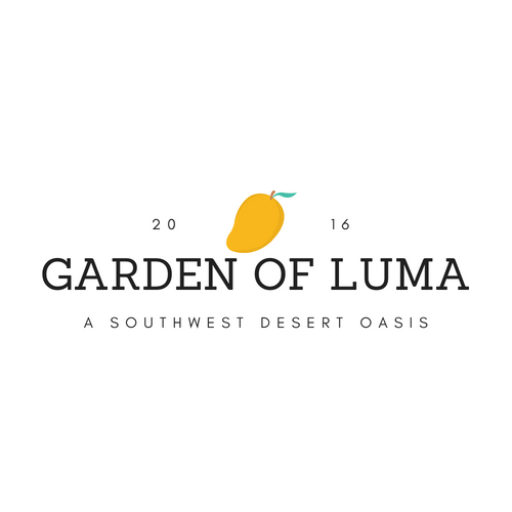Easy Edibles to Grow in Hot, Dry Climates
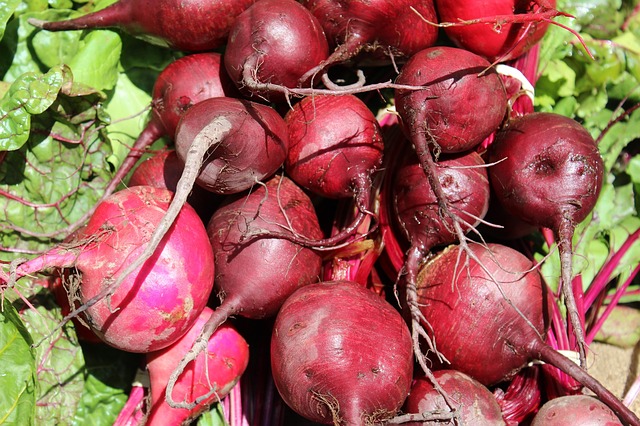
Gardening in hot, dry climates like the desert southwest can present many different challenges. It took a lot of trial and error early on for me to become successful at growing in the Arizona desert. When you get started gardening, you want to be able to have some early success stories. It’s going to make you want to continue gardening if you know you are capable of growing things that will produce. I’ve composed a list of some really easy edibles to grow in hot, dry climates.
Vegetables
Many of my successes with growing vegetables have come from growing them in the winter.
In my area, we have the luxury of having two growing seasons.
Typically planting occurs in late Feb for the spring/summer crop and late September for the fall/winter crop.
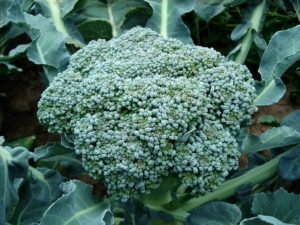
Beets
I absolutely love fresh beets and it has been the easiest thing for me to grow in my garden.
Beets seem to tolerate some of the heat that we get, as well as light frosts.
I can plant in Sept and continue to plant for several months to get multiple crops.
Lettuces
Many lettuces have done extremely well for me in the winter and seem to be very easy to grow here.
Things like Kale, Green Leaf lettuces, and spinach are no fuss edibles to grow in the cooler season of a hot, dry climate.
Broccoli
I typically purchase broccoli as a starter plant from local nurseries and plant the transplant in my garden in late September.
Broccoli grows great in our winter season with very little care and handles light frosts. I’ve also done cauliflower which grows just as well as broccoli.
The main issue I have is with cabbage worms.
They start eating holes in the leaves, but it’s mainly cosmetic damage.
I just inspect the plant and pluck them off.
Cabbage
I’ve grown cabbage from seed and it grows really similar to broccoli.
It grows great in our cool season with minimal special care.
Cabbage worms also seem to be an issue with cabbage plants.
Chili Peppers
I haven’t had as much luck with bell peppers, but chili peppers grow great in hot, dry climates.
They don’t like our extreme heat in the summer months but will grow well during the rest of the year.
They like to be fed consistently, but otherwise another great beginner edible.
Fruit Trees
You wouldn’t think many fruit trees would thrive in a hot, dry climate like the Arizona desert, but with proper care, you can have a lot of success with fruit trees.
Citrus tends to be the common fruit trees grown in our area, but I actually think that they are a bit more challenging than some other kinds of fruit trees.
Some fruit trees require shade or proper microclimates in our extreme desert heat.
We also get occasional light frosts in the winter, which may require cold protection for various fruit tree varieties.
I believe that the fruit trees below can be easily grown by anyone without protection or the need for a special microclimate.
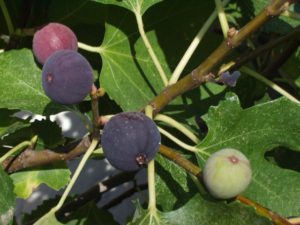
Pomegranates
A Pomegranate tree seems made for hot, dry climates. It’s a very drought tolerant fruit tree, that can thrive in areas that get minimal rainfall.
It grows continuously through the hot season and doesn’t seem to bat an eye in our extreme desert sun.
It requires a few chill hours, so a little bit of cold doesn’t bother this tree.
A pomegranate will go dormant in the winter and shed its leaves.
Jujube
This is another great fruit tree to grow in hot, dry climates.
Here is my post that goes in-depth on growing jujube.
This tree grows like a weed in hot climates.
It produces an abundance of fruit at a young age with minimal care requirements.
It can also handle quite a bit of cold in the winter.
Jujube trees go dormant in the winter and drop their leaves.
Mulberry
Check out this post that goes in-depth on growing mulberry trees in hot, dry climates.
Another fast producing tree, that grows very rapidly.
This tree has no problem with being in full sun and also can handle some cold very well.
It goes dormant during the winter and loses its leaves.
Figs
Just like pomegranates, Figs seem made for a hot, dry climate.
Figs are a tasty fruit, that not many people have had fresh off the tree.
Stick with some of the more common ones like Brown Turkey, Black Mission, or Kadota for an easy to grow fig tree variety in hot, dry climates.
There are hundreds of varieties of figs and seem easier to grow in a hot climate than others.
This is also a tree that handles light frosts very well and sheds its leaves in the winter.
Herbs
Herbs are great to grow to add to various culinary dishes.
Many herbs grow quite well in a hot, dry climate.
I’ve found some herbs that literally grow like weeds in our hot climate. Here are a few that anyone can have success growing.
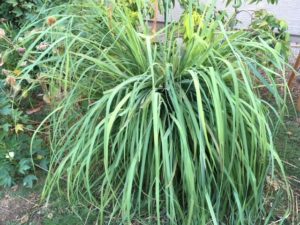
Dill
Dill is a really easy herb to grow.
I mainly grow it to use it as a bug detractor for some of my other plants.
It tends to be a magnet for aphids, so that’s the main reason I grow it.
Lemon Grass
I love using lemongrass in curry dishes and other Asian dishes I make.
This is a really easy plant to grow in hot, dry climates. I can turn it to a large shrub very quickly.
It’s best to get a starter plant from a local nursery because it is tough to germinate from seed.
Basil
Basil literally grows like a weed.
I moved a planter from my old house that had once contained Thai basil.
Well, it must’ve had some seeds in it, because when I used that planter for something else, I started to get basil growing on the ground around the planter.
The basil continued to spread in that area and I just let it grow wild. It just got residual water from the planter and has thrived.
It also took root in very poor soil.
Citronella
I really like the smell of this herb and it is supposed to deter mosquitos.
It’s another really easy plant to grow.
Rosemary
I have a rosemary bush in my front yard, which is just desert native plants.
It gets very limited care and water.
This herb grows great in desert-like conditions.
Cilantro
Cilantro is another great herb to add to your Mexican cuisine.
I’ve had success with both transplants and growing from seed.
Flowering Plants
I wanted to mention a few flowering edibles that anyone can grow in a hot, dry climate.
I’ve been starting to add more flowering type plants into my food forest to give my garden more color and pop.
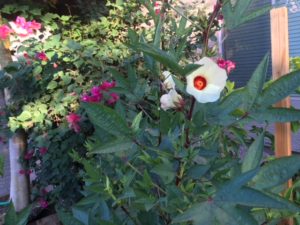
Roselle
This is a flowering plant that I recently discovered.
It does take a bit more water than some of the other plants listed, but it grows very easy.
I start the seeds after the threat of frost, which in our area is late Feb or early March.
They grow all summer long and start flowering in September.
The calyces are ready to harvest in October and are wonderful for making teas or jams.
It has a similar taste to cranberry. The plant is also very attractive.
Sunflowers
They don’t get the name sunflowers for nothing.
These are great flowers to grow in hot, dry climates.
They can get huge and look amazing. I’ve had some that topped out around 10 feet tall.
They take the hot sun like a champ.
In conclusion, even in dry climates with extreme temps like the desert, it’s possible to grow many tasty edibles. I wanted to provide the novice gardener with a few things to start with that are virtually guaranteed to grow in a hot, dry climate with minimal care. Starting with these plants will ensure your success, which will allow you to work your way into more challenging edibles.
Please post below on anything you enjoyed from this post or your successes with growing any of the discussed edibles.
